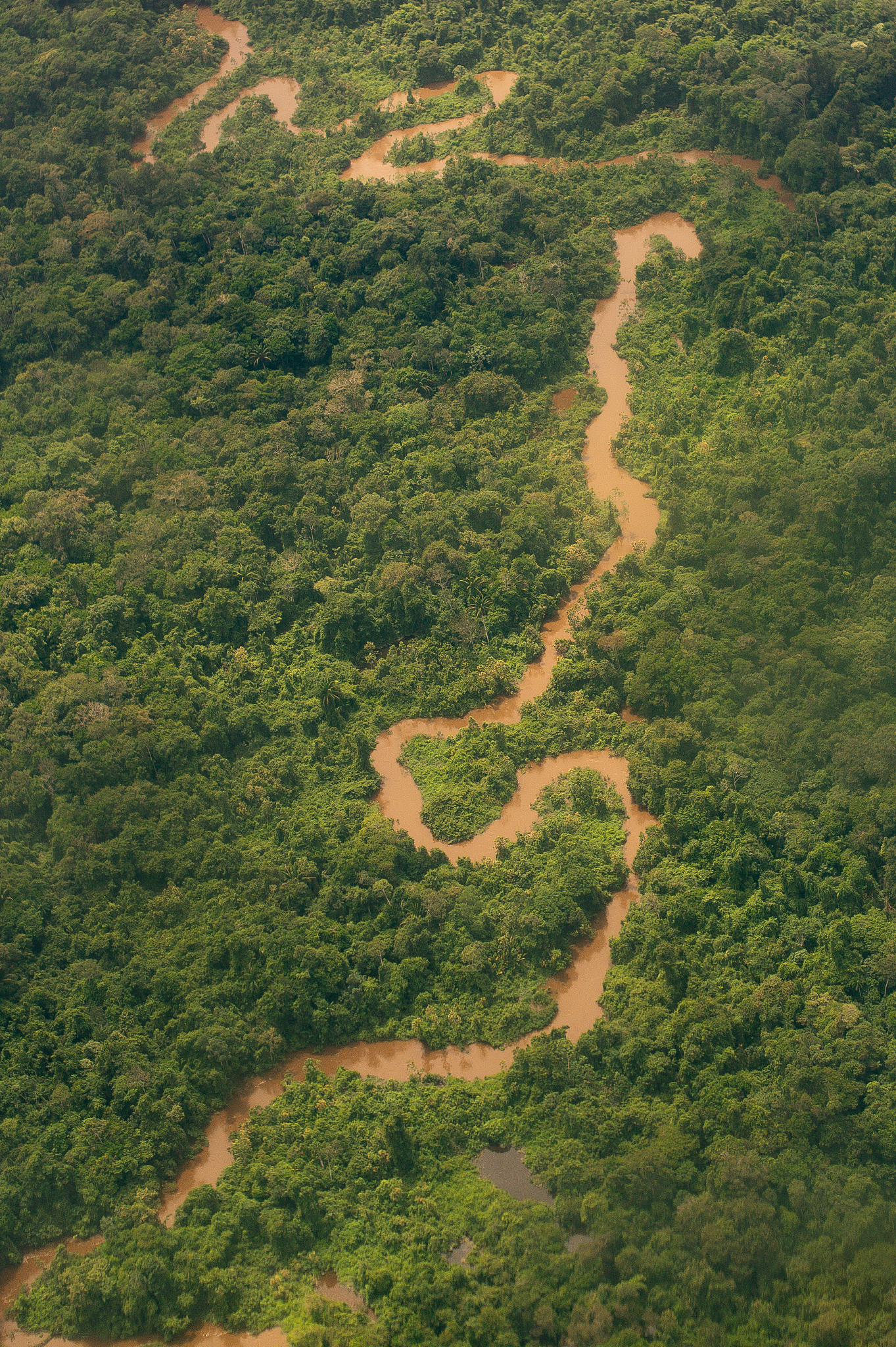The Brazilian Amazon released nearly 20 percent more carbon dioxide into the atmosphere over the last decade than it absorbed, according to a stunning report that shows humanity can no longer depend on the world's largest tropical forest to help absorb man-made carbon pollution.
From 2010 through 2019, Brazil's Amazon basin gave off 16.6 billion tonnes of CO2, while drawing down only 13.9 billion tonnes, researchers reported Thursday in the journal Nature Climate Change.
The study looked at the volume of CO2 absorbed and stored as the forest grows, versus the amounts released back into the atmosphere as it has been burned down or destroyed.
"We half-expected it, but it is the first time that we have figures showing that the Brazilian Amazon has flipped, and is now a net emitter," said co-author Jean-Pierre Wigneron, a scientist at France's National Institute for Agronomic Research (INRA).
"We don't know at what point the changeover could become irreversible," he told AFP in an interview.

Aerial view from an helicopter of the Brazilian Amazon region near the border with Venezuela at the Auaris on June 30, 2020 in Roraima, Brazil. /CFP
Aerial view from an helicopter of the Brazilian Amazon region near the border with Venezuela at the Auaris on June 30, 2020 in Roraima, Brazil. /CFP
The study also showed that deforestation, through fires and clear-cutting, increased nearly four-fold in 2019 compared to either of the two previous years, from about one million hectares to 3.9 million hectares, an area the size of the Netherlands.
"Brazil saw a sharp decline in the application of environmental protection policies after the change of government in 2019," the INRA said in a statement.
Brazilian President Jair Bolsonaro was sworn into office on January 1, 2019.
Terrestrial ecosystems worldwide have been a crucial ally as the world struggles to curb CO2 emissions, which topped 40 billion tonnes in 2019.
Over the last half century, plants and soil have consistently absorbed about 30 percent of those emissions, even as they increased by 50 percent over the period.
Oceans have also helped, soaking up more than 20 percent.
The Amazon basin contains about half of the world's tropical rainforests, which are more effective at soaking up and storing carbon than other types of forests.
If the region were to become a net source rather than a "sink" of CO2, tackling the climate crisis will be much harder.
Using new methods of analyzing satellite data developed at the University of Oklahoma, the international team of researchers also showed for the first time that degraded forests were a more significant source of planet-warming CO2 emissions than outright deforestation.
Over the same 10-year period, degradation caused by fragmentation, selective cutting, or fires that damage but do not destroy trees, caused three times more emissions than outright destruction of forests.
(Cover image by CFP)
(If you want to contribute and have specific expertise, please contact us at nature@cgtn.com.)
Source(s): AFP

